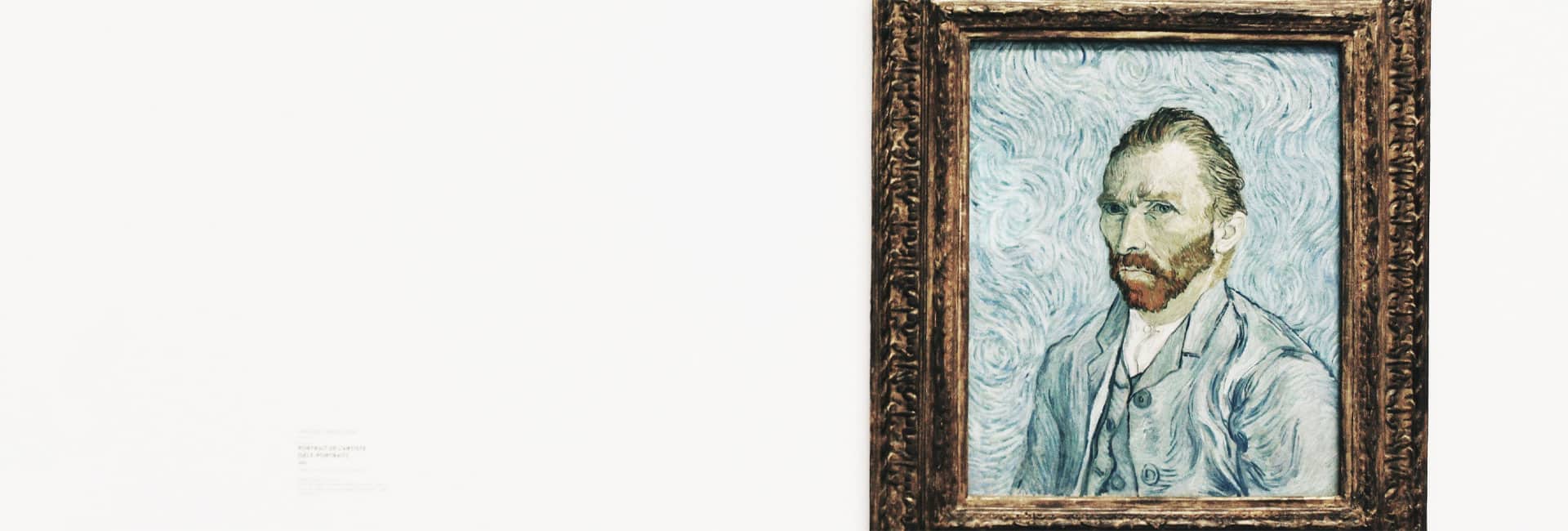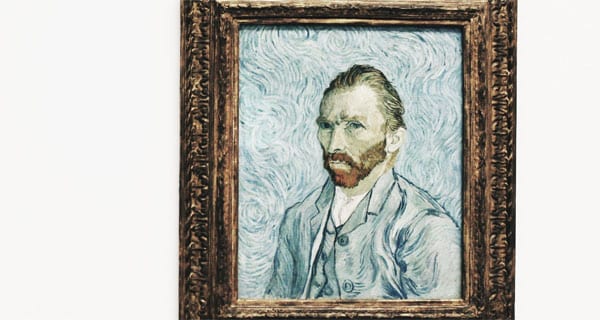
Used under a Creative Commons Licence
Copyright, famous paintings and Surface Designers
Imagine this: You’re a surface designer, scrolling through Pinterest late at night, sipping your third coffee of the day and there it is – the perfect image.
It’s a high-resolution botanical pattern, full of depth and movement, and you can imagine how it looks in your collection of wallpapers or textiles. The only problem is that you have no idea where the image came from. No name. No watermark. No indication of ownership.
So, you ask yourself: Can I use this?
The short answer? Probably not.
As a surface designer, copyright law is your silent business partner—the one you may not always notice but who has a major say in what you can and cannot do. And when it comes to using images found online, the risks of copyright infringement are real.
Let’s break it down.
In Australia, copyright protection is automatic. Under the Copyright Act 1968 (Cth), as soon as an artist creates an original piece—be it a painting, pattern, or digital design—they own the copyright in that work. Unlike trademarks or patents, copyright does not require registration. That means if you should not use someone else’s design without permission.
This applies even if you modify the work slightly. If the essence of the original design is still identifiable in your surface pattern, you could still be infringing copyright.
Exceptions
You might have heard about fair dealing—Australia’s equivalent of the US’s “fair use” doctrine. But don’t get too excited. Fair dealing is far more restrictive than its American counterpart and only applies in limited circumstances, such as:
- Research or study
- Criticism or review
- News reporting
- Parody or satire
- Legal advice
Notice something missing?
If you did, its commercial use.
That means using an image in your design work—whether it’s for a client, a product, or a surface pattern collection—is not covered by fair dealing. If you use a copyrighted image without permission, you could be liable for copyright infringement.
No Owner, No Problem?
What about images with no clear copyright owner?
These are known as orphan works, and unfortunately, they’re not free-for-all. Australian law still protects the original creator, even if they can’t be found.
Take, for example, the case of a hypothetical surface designer named Eva. Eva is inspired by a Van Gogh painting and wants to incorporate elements of it into her own wallpaper design. She adjusts the colours, changes the composition slightly, and adds her own textures.
Is she in the clear?
No. Van Gogh’s paintings may be out of copyright (since copyright expires 70 years after the creator’s death), but if she sourced the image from a modern museum’s digital collection, the photograph of the painting itself may still be protected by copyright. If she copies that image without permission, she could still be infringing.
How to Use Images Legally as a Surface Designer
So what’s the solution? If you want to avoid copyright headaches, here’s how to source images legally:
Use Public Domain Images
Some artworks are free to use because they’re in the public domain—meaning their copyright has expired. Museums like the Art Institute of Chicago offer high-resolution public domain images under Creative Commons Zero (CC0), meaning you can use them commercially without permission.
But remember that not all Creative Commons images are free for commercial use. Some require attribution, and others restrict modifications. Always read the fine print before using an image.
Remember to that websites like Adobe Stock, Shutterstock, and Unsplash offer images that can be legally purchased or used with a licence.
Create Your Own Work
The best way to avoid copyright issues?
It might sound like the obvious but design your own patterns from scratch.
Use found images only as inspiration, not as direct elements in your work.
Copyright Is Not the Enemy
Legendary designer Paul Rand once said:
“Don’t try to be original. Just try to be good.”
In the world of surface design, that means understanding where inspiration ends and infringement begins.
Copyright isn’t here to stifle creativity—it’s here to protect it.
Respecting copyright as a surface designer isn’t just about avoiding legal trouble; it’s about ensuring your own work is also protected.
If you’re unsure whether an image is safe to use, ask a copyright lawyer before taking the risk. Because nothing ruins a design career faster than a cease and desist letter from an angry rights holder.
At Sharon Givoni Consulting, we help surface designers navigate copyright law, from licensing agreements to infringement disputes as well as terms for the people that you design for.
More Inforamtion
For more information on copyright law for designers, read this article:
https://www.patternpulse.com.au/dont-second-guess-copyright-law-navigating-copyright-law-and-surface-design/
For more about creatives and copyright click here:
https://sharongivoni.com.au/navigating-copyright-for-creatives-protect-your-artistic-vision/
For more about copyright and the internet click here:
https://www.owningit.com.au/post/sharing-is-caring-or-is-it-what-you-need-to-know-about-copyright-and-the-internet/
Please note the above article is general in nature and does not constitute legal advice.
Please email us info@iplegal.com.au if you need legal advice about your brand or another legal matter in this area generally.


